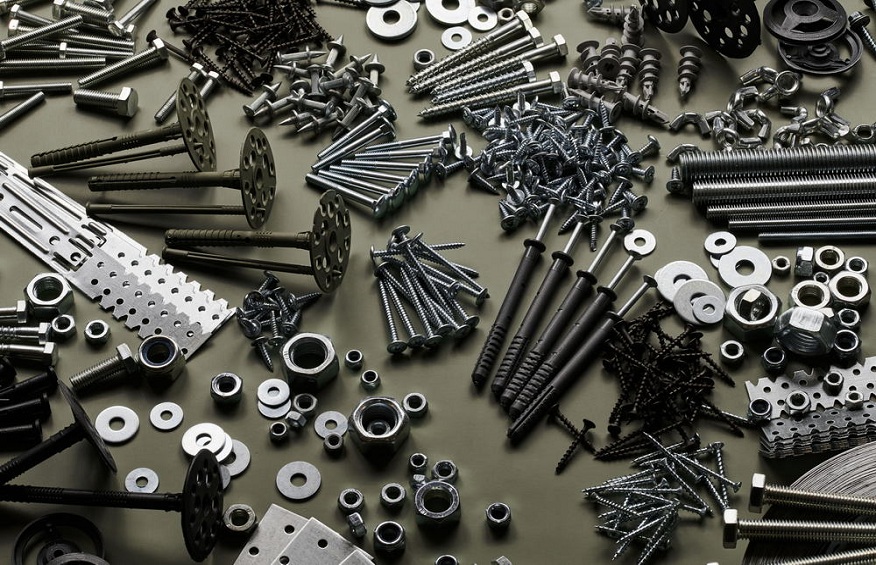A Deep Dive into Mechanical Fastening Techniques

Fastening various materials together is fundamental to construction, manufacturing, and much of engineering. Early human technology used natural adhesives, rawhide lashings, and hardwood pegs. Now we have specialized mechanical fasteners galore – hundreds of nuts, bolts, nails, screws, and mythical widgets holding civilization together.
Nailing Down the Basics
The basic nail serves well, securing framing lumber, roofing and siding with its sharpened tip and wide shaft. Nail design tweaks abound for different uses – smooth shanks to pre-drill wood, spiral shafts for masonry, ring shanks to maximize grip. Nail size scales from tiny brads up to spikes longer than your hand. Advancements like electro-galvanized coatings prevent corrosion while self-tapping screws drive in without pre-drilling. Nailing establishes rigid connections easily by force-fitting spikes through adjoining pieces via linear friction and clamping pressure. Shear strength comes from the elongated shank compared to other fasteners.
Screwing to New Heights
From choir lofts to deck rails, the versatility of the wood screw makes it a mainstay across industries. The helical threads along a tapered screw shaft generate immense clamping forces when turned into pre-drilled holes. Hundreds of material-specific screw types now exist – drywall, decking, particle board, plastic, sheet metal and more. Specialized drive types – Phillips, Torx, hex – improve torque transfer from driver to screw. Transitioning screw size and spacing distributes load forces optimally across connected members, be they delicate electronics or structural beams. Recessed screw heads allow flush driving below surfaces. Advancements like self-tapping screws drill their own hole during driving. Screw innovation will doubtless continue threading technology together for ages to come.
Lag Bolts Anchor Like No Other
When extreme gripping power is needed, the people at SPAX tell us that heavy duty lag screws anchor where nails and screws fail. The thick hex-headed lag features oversized metal threads and a spear-like tip to penetrate wood fibers while the robust shank withstands tremendous shearing, tension, and vibration forces. Spiral threads on lag bolts wedge into wood laterally, distributing stresses deep below the surface. The hex head transfers high torque from driving tools, allowing proper tensioning into the holding material. Common uses include structural framing, securing pergolas, building retaining walls, and fastening elements subject to shear or tensile loads. More heavy-duty models come with epoxy coatings or stainless steel construction for harsh conditions. Whatever the fastening challenge, lag bolts deliver uncompromising anchorage.
The Need for Connection Remains
As long as humanity builds, connects, and creates innovations in mechanical fastening will continue as well. Advancements in corrosion protection increase durability of exposed fasteners. Controllable power tools provide precision torque management. And breakthroughs in threaded geometry and driver interfaces optimize strength across ever-wider applications. The humble screw, nail, and bolt – with thousands of variants across hundreds of niches – mechanically bind the modern world together in ways unforeseen by earlier generations. But the fundamental desire to securely adhere objects and materials persists no matter what futures hold.
Conclusion
Beyond holding physical objects together, mechanical fasteners also play a symbolic role binding us to our tools and the items we build. The act of driving home screws or sinking nails forms emotional connections to the crafted pieces they anchor. We instill something intangible – pride, love, dedication – through the tangible tightening of threads and hammered shafts into substrate. When we behold a sturdy desk or steady banister, we appreciate not just the wood grain but also the hundreds of screws reinforcing joints out of sight. And when inspecting an antique passed between generations, the fastener markings hint at the hands that shaped them decades ago. Through such fasteners we imbue meaning into things larger than any individual fastener yet held together by their collective strength.





